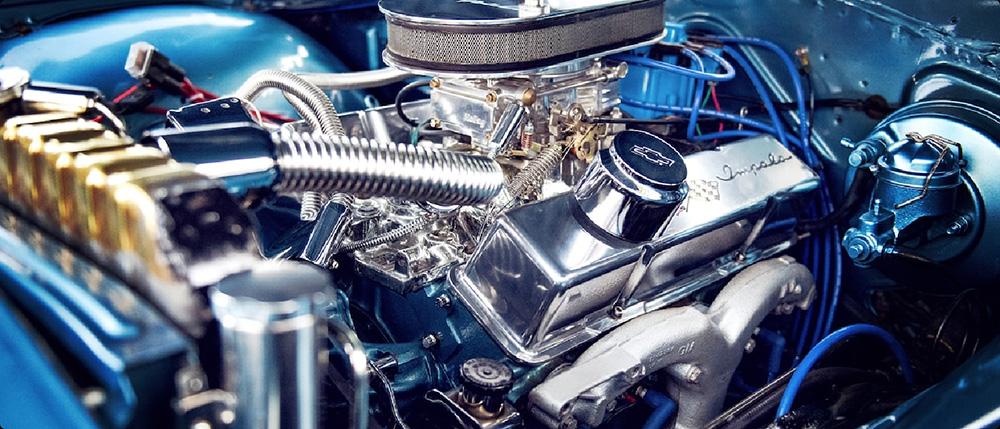part 1:
Unleashing Power and Precision: Exploring the 12V Gear Motor for L293D and Its Role in Modern Robotics

In the ever-evolving landscape of robotics and automation, the quest for efficient, reliable, and controllable motors is unending. Among the numerous options available, the 12V gear motor paired with the L293D motor driver has carved a distinguished niche, transforming both hobbyist and professional applications. This powerful combination embodies the ideal marriage of brute force and subtle control, making it a staple in projects ranging from small DIY robots to sophisticated industrial automation systems.
The 12V Gear Motor: Compact Powerhouse
A gear motor is essentially a DC motor integrated with a gear train, which reduces speed and increases torque. The 12V gear motor stands out due to its robust performance, moderate power consumption, and widespread availability. It operates on a 12-volt DC supply — a voltage familiar to many DIY enthusiasts and a standard in battery operations, making it user-friendly for various projects.
What makes the 12V gear motor particularly attractive is its ability to deliver a high torque output at relatively low speeds. This combination is crucial for applications demanding both strength and precise movement, such as robotic arms, conveyor systems, and wheel drives for mobile robots.
The Role of Gear Reduction
Gear reduction is central to a gear motor’s capabilities. It functions like a speed "dampener" and torque "amplifier," transforming an ultra-fast motor’s output into a slow, powerful motion suitable for many practical tasks. Typical gear ratios can vary widely, from 5:1 to several hundred to one, depending on the project's needs. For small, mobile robots, a 20:1 or 40:1 gear ratio often provides a nice balance of speed and torque.
Why 12V?
Choosing a 12V power supply balances efficiency, availability, and safety. It’s a common voltage for automotive and industrial applications, meaning components are easy to source and replace. Furthermore, the 12V gear motor offers more torque than lower-voltage equivalents, making it suitable for tasks that require overcoming resistance, such as climbing inclines or carrying loads.
Integration with the L293D Motor Driver
Here’s where things get interesting. The L293D is a dual-channel motor driver IC capable of controlling two DC motors independently. It allows hobbyists and engineers to reverse motor direction, control speed, and achieve precise movement control—all with simplified circuitry.
Because the L293D can handle voltages up to 36V and currents up to 600mA per channel (with proper heat sinking), it is perfectly suited to power 12V gear motors. Its ability to interface directly with microcontrollers like Arduino, Raspberry Pi, or ESP8266 makes integrating a 12V gear motor into a robot or automation system both straightforward and reliable.
Controlling the Motor with L293D
The motor driver enables PWM (Pulse Width Modulation) control, which effectively varies the voltage supplied to the motor. This modulation allows smooth speed control, essential for nuanced tasks requiring finesse rather than brute force. Direction control is achieved through logically setting the input pins, making the motor spin clockwise or counterclockwise.
Imagine a robot navigating a maze or a conveyor belt sorting objects — precise and adjustable movement is critical, and this is where the synergy of a 12V gear motor and the L293D shines.
Practical Applications
Some key applications leveraging this combo include:
Robotics: From small educational robots to complex autonomous vehicles, 12V gear motors controlled by L293D are foundational. Automated Systems: Such as sliding doors, robotic arms, and smart farming equipment. DIY Projects: Hobbyists love these components for their affordability, reliability, and ease of use. Industrial Automation: Where durability and precise control are paramount, these motors and drivers form the basic building blocks.
Advantages of Using a 12V Gear Motor with L293D
High Torque at Low Speeds: Essential for movement under load. Ease of Control: PWM and direction control via simple logic signals. Compatibility: Widely supported with available datasheets, tutorials, and community knowledge. Cost-Effectiveness: Affordable components without sacrificing performance. Modularity: Easily scalable for larger or more complex systems.
Design Tips for Effective Use
Ensure the motor’s stall current does not exceed the L293D’s limits. Use appropriate heat sinks to prevent overheating. Incorporate diodes for flyback protection when controlling motors. Choose suitable power supplies that can handle the combined load. Test different gear ratios to optimize movement and efficiency.
The combination of a 12V gear motor and the L293D IC opens the door to a world of dynamic, adaptable, and controllable robotic systems. Whether you’re a hobbyist eager to build your first robot or an engineer designing industrial automation, understanding the synergy of these components helps turn ideas into reality.
Part 2 will delve deeper into technical considerations, advanced control techniques, real-world case studies, and future developments in gear motors and motor driver integration. Stay tuned!
Established in 2005, Kpower has been dedicated to a professional compact motion unit manufacturer, headquartered in Dongguan, Guangdong Province, China.




































